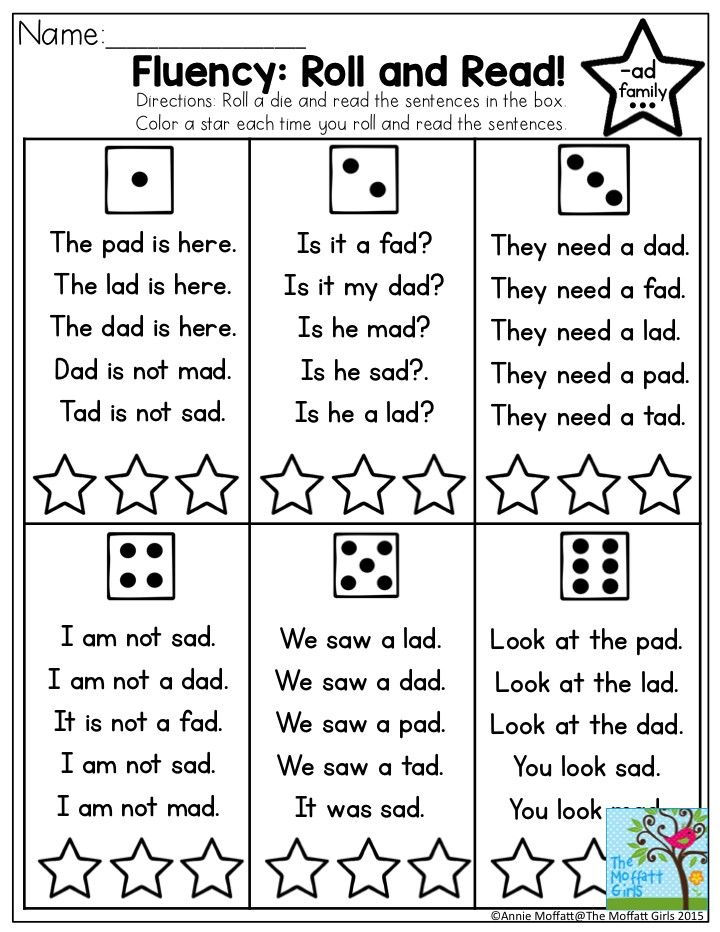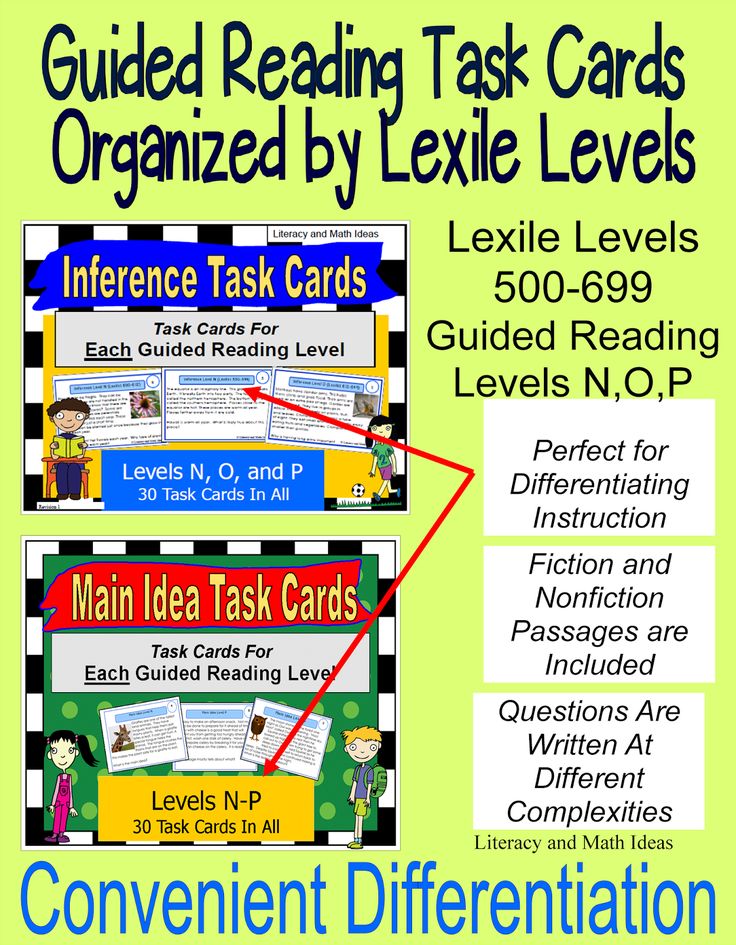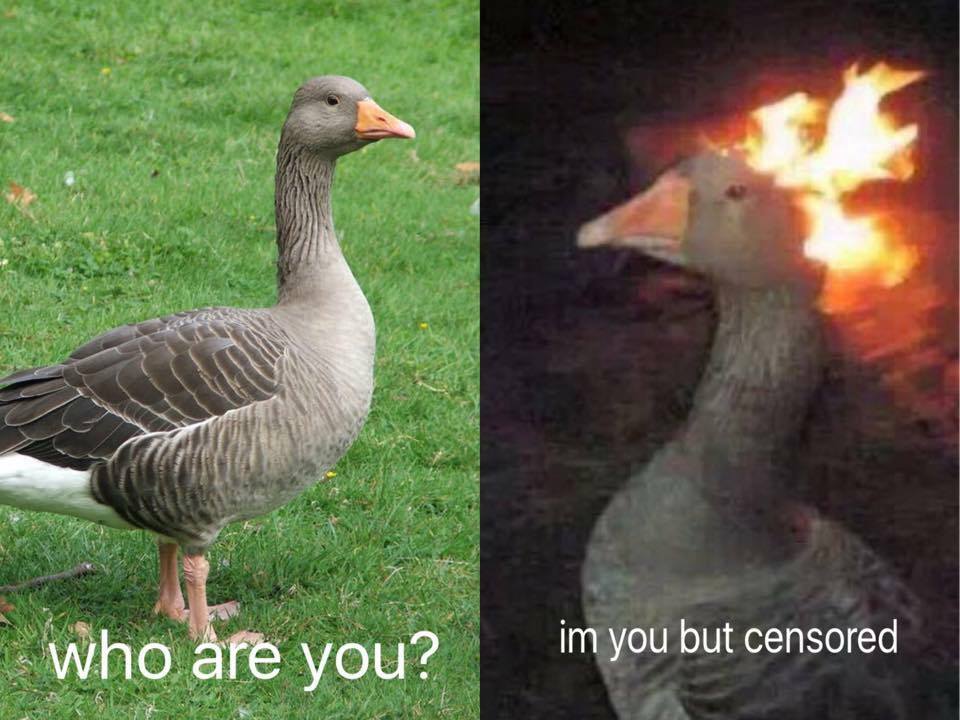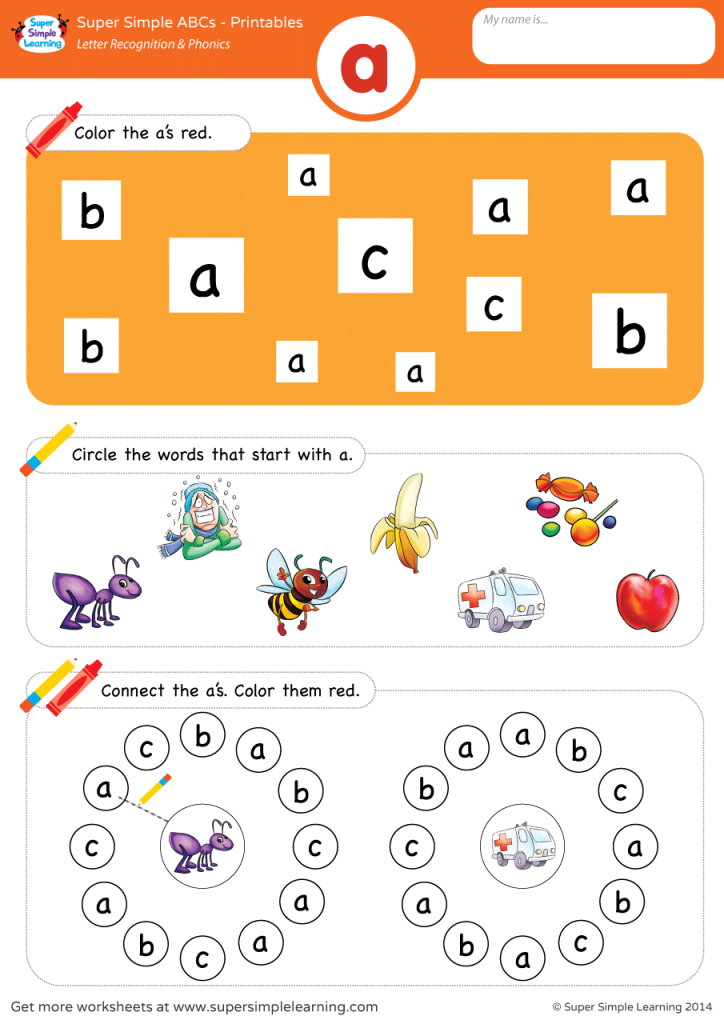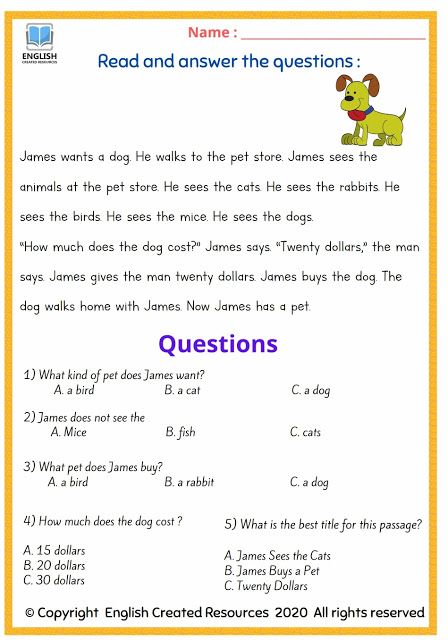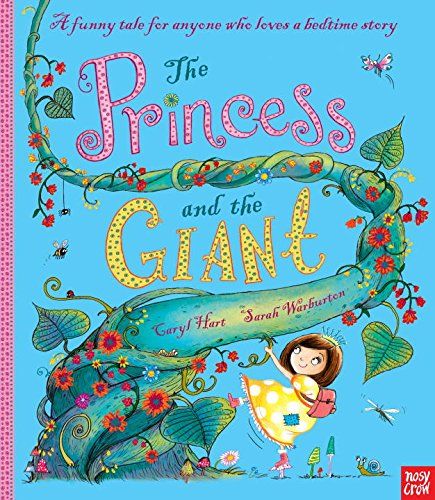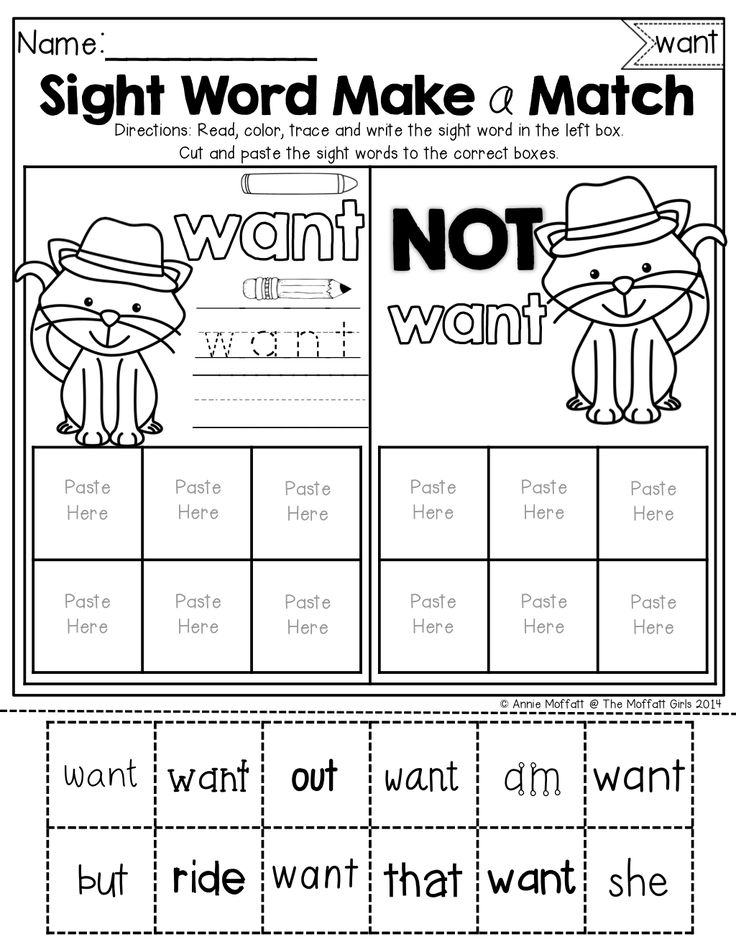One syllable words for kindergarten
Monosyllabic - Examples of One Syllable Words and Adjectives
We already know that a syllable is a unit of pronunciation having one vowel sound, with or without surrounding consonants, forming the whole or a part of a word. There are many types of syllables, but today we’ll have a look at words with just 1 syllable.
Words with one syllable are called Monosyllabic words, similarly words with more than one syllable are called polysyllabic words.
Cat, Bus, One, Red, Moon, Sun, Drop, Door, Week, Fear, Love, Hear, Cord, Snake, Month, Crown, School, Tongue, Sword, Cheeks are 20 examples of monosyllabic words to teach young kids.
One Syllable Words List for KidsFollowing is a list of 100 words with 1 syllable for elementary grade kids.
| then | they | the | time |
| to | up | a | war |
| was | all | and | as |
| are | be | by | day |
| did | each | few | for |
| get | have | he | his |
| him | I | is | in |
| it | long | man | me |
| more | much | my | new |
| not | now | of | off |
| old | on | one | or |
| out | pen | tree | |
| church | blow | Crow | Glow |
| Row | Low | Mow | Own |
| Slow | Bear | Dish | Deal |
| Ball | Bat | Mall | Fall |
| call | wall | doll | mat |
| fat | sat | Hat | eat |
| ate | beat | neat | feat |
| heat | Feat | seat | food |
| street | wheat | what | meat |
| meet | deed | greed | need |
| foot | bread | bread | start |
| bend | end | mend | lend |
| Send | tend | two | four |
| Fend | three | five | six |
| One | eight | nine | ten |
| corn | twelve | torn | born |
| Born | form | Norm | from |
| For | fear | near | dear |
| Wear | peer | Beer | sheer |
| wake | make | sake | take |
| Fake | flake | break | brake |
| bake | lake | stake | cake |
| Stale | nail | Pale | tail |
| Fail | sale | Sail | male |
| Tale | Bail | whale | |
| tongue | Cause | Spoke | Sweep |
| crown | blame | worse | Wrong |
| mourn | scene | dumb | break |
| faith | glove | count | steep |
| knees | pause | snake | month |
| bomb | raid | dumb | Slew |
| moon | life | base | plot |
| head | high | soul | love |
| fear | weak | head | week |
| rage | door | yard | pole |
| base | drop | heat | cord |
| path | sack | step | high |
| pear | oft | sun | bus |
| few | act | bid | red |
| one | same | shame | she |
| fame | tame | name | game |
| so | state | than | that |
The following is a word list having adjectives with one syllable, they are also called monosyllabic adjectives and are used for describing nouns.
| tall | fat | big | sad |
| on | near | go | up |
| green | rich | live | self |
| off | net | old | young |
| hard | soft | south | north |
| scarce | high | down | long |
| born | late | low | sure |
| light | home | big | dark |
| ill | fit | strong | po |
| smart | like | weak | east |
| new | black | white | good |
| bad | red | sick | best |
| lost | won | free | thin |
| thick | royal | far | full |
| true | fat | nice | west |
| east | toe | sweet | clear |
| cold | fair | past | hot |
| sound | fast | sad | real |
| fine | dead | wild | brave |
| cut | tail | kind | well |
| lean | plain | left | right |
| deep | same | cool | bright |
| short | loud | wise | pure |
| best | worst | last | first |
| wrong | close | half | made |
| bold | calm | square | lit |
| wide | rough | round | loose |
| straight | fresh | bare | tired |
| slow | wicked | loved | dim |
| sent | proud | flat | sent |
| peak | shed | stuck | plus |
| smooth | salt | naive | wet |
| tough | raw | still | glad |
| tight | joint | male | blind |
| French | sharp | sharp | Dutch |
| loyal | hex | Greek | used |
| sour | shut | used | few |
| found | due | broad | dry |
| odd | joyous | foul | just |
| bound | blessed | thick | sacred |
| burned | frail | cheap | held |
| deaf | gross | bland | eyed |
| whole | prime | steep | poor |
| shared | closed | drunk | sold |
| dull | ripe | blond | Welsh |
| armed | Czech | sought | faced |
| tame | known | Sikh | scotch |
| eared | mild | vague | owed |
| wired | signed | based | norse |
| kept | clad | paid | stress |
| Swiss | burnt | stopped | crude |
| owned | worn | charred | stale |
| formed | stored | strep | tied |
| awned | solved | hired | biped |
| drawn | sealed | creole | rigged |
| drained | theist | nett | learned |
| touched | raised | chaste | stacked |
| blest | shaped | turned | trained |
| wrapped | shrieked | pleased | awed |
| earned | inbred | curst | stoic |
| laced | cursed | lined | arched |
| stained | posed | backed | forced |
| beaked | shorn | planned | saved |
| spaced | echt | bowed | shaved |
| cleared | tipped | crowned | geared |
| paired | ripped | rugged | marked |
| sheared | rhymed | liked | greased |
| tamed | proved | played | play |
| cook | carve | glaze | toned |
Phew!… that was a long list.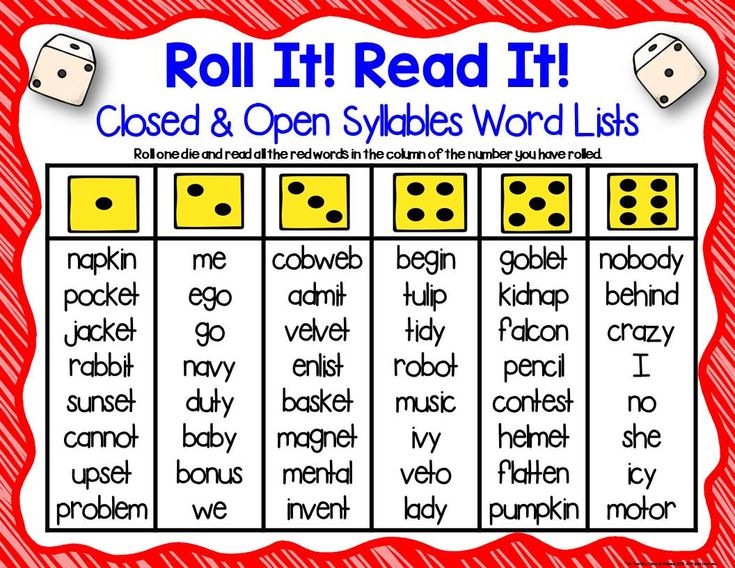 Make sure you following the order while teaching these words to kids.
Make sure you following the order while teaching these words to kids.
Quick Links
- Two Syllable Adjectives
- Types of Syllables
80+ Closed Syllable Words & Word List: Free Printable
Closed Syllables | Grade 1 | Grade 2 | Syllables
ByKatie
This post may contain affiliate links. Please see our disclosure policy.
This FREE closed syllable word list includes 80 words and examples of closed syllables organized in an easy-to-read chart. The chart includes all one-syllable words listed by short vowels, a, e, i, o, and u. This printable list is great for reading, dictation, coding, and independent practice as students learn all about closed syllables!
Get a new freebie every week!
Table of Contents
- About Closed Syllables
- Closed Syllable Words & Examples
- Related Posts
- 🖨️ Download & Print
About Closed Syllables
Closed Syllable Definition- A closed syllable is a syllable that ends in a consonant.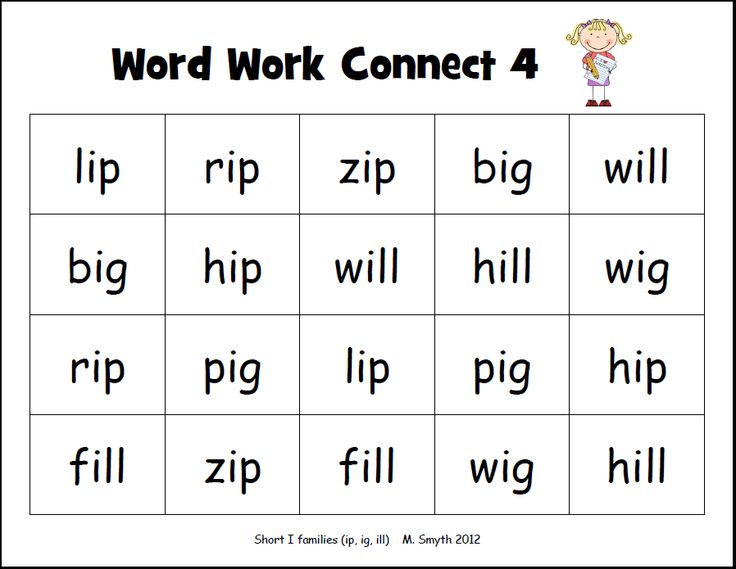 The vowel will always be a short vowel when it is closed in by a consonant.
The vowel will always be a short vowel when it is closed in by a consonant.
CVC words are perfect examples of closed syllables! And because students begin reading CVC words in Kindergarten, closed syllables should be the first syllable type to teach. When you teach closed syllables, you take an already learned concept and build upon it. So you explain why the CVC words they can read have short vowel sounds. Understanding the “why” in reading is a powerful tool to provide to children!
📚 Educational Focus: If your students can read and blend CVC words, you can begin teaching about closed syllables. This usually happens closer to the end of kindergarten, and it should be included within the first-grade curriculum, followed by open, VCe, and vowel team syllables.
Closed Syllable Words & Examples
| ă | ĕ | ĭ | ŏ | ŭ |
|---|---|---|---|---|
| cat | jet | if | on | buck |
| ash | pet | win | top | gum |
| pat | leg | tin | Don | pug |
| ad | set | ship | stop | sun |
| lap | web | in | job | nut |
| mash | hen | skin | box | rug |
| cap | wet | jig | shop | cut |
| chat | vet | trip | odd | fun |
| rat | ten | clip | got | mug |
| gap | peck | hit | pod | tug |
| bat | men | dish | gosh | cup |
| back | red | pig | dot | pup |
| fax | bed | fish | mom | mud |
| ask | net | it | rot | tub |
| with | fed | six | hot | rush |
| tap | wed | rid | bog | bun |
These same word lists are also listed as a free pdf below to make printing easy! Want 4 two-syllable list? Check out our printable VC/CV lists!
Practice Ideas
There are tons of great ways to use this word list so kids can get lots of practice with closed syllable words!
- Fluency practice.
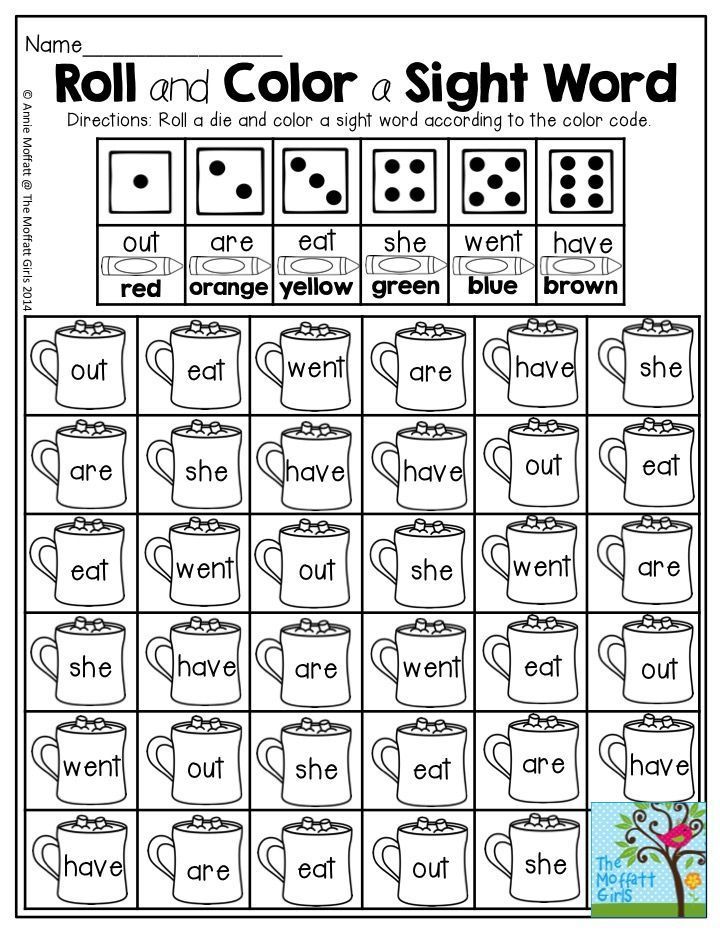 Children can read/reread the words on this list. Use a timer for extra motivation!
Children can read/reread the words on this list. Use a timer for extra motivation! - Keep the list near your small group reading table, and pull it out when it’s time for word dictation. You can provide kids with Elkonin boxes or spelling sheets to assist them in listening for the sounds in the words.
- Trim and staple in students’ phonics notebooks for repeated practice.
- Send a copy home so parents can practice reading these words with their children. This helps them know how to support learning at home!
- Create your own sorts using the words. Children can cut out the words, sort them according to short vowel sounds, and then glue them into their notebooks.
Coding Closed Syllable Words
Use the words on this list to teach coding, or marking up, closed syllables. Here’s a helpful procedure
- Find the vowel and mark it with a v.
- Find the consonant that ‘closes in’ the vowel and mark it with a c.
- Swoop or underline the syllable, marking with a ‘C’ for closed.
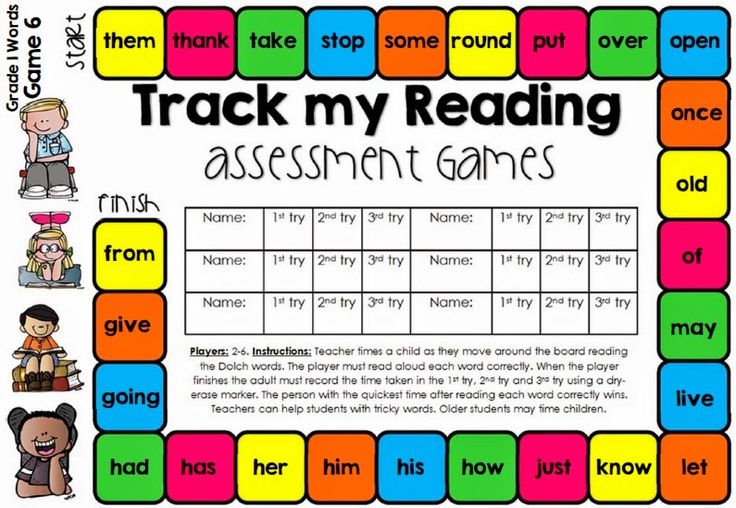
- Use a breve mark (˘) to show the short vowel sound. This will tell the student what sound their mouth should make when they get to that letter when reading the word.
- Finger tap the individual sounds, and then blend the sounds together to read the word.
Students will need lots of practice with closed syllables since they are the most basic syllable type. Be sure to also use nonsense words as well, since many bigger words will include nonsense syllables. Repeated practice and activities are great!
If you’re looking for 2 syllable words made up of only closed syllables, visit this VCCV word post for four free lists of closed-syllable words with over 82 words!
Orthographic mapping is a great way for students to practice closed syllables! Grab our printable sound boxes (Elkonin boxes) to make it simple!
Related Posts
Check out some of our FREE downloadable worksheets!
- What are Closed Syllables & How To Teach Them
- All About Open and Closed Syllables
- CVC Flashcards
🖨️ Download & Print
Subscribe and Never Miss a Freebie!
TERMS: All resources and printables are designed for personal use only in your own home and classroom.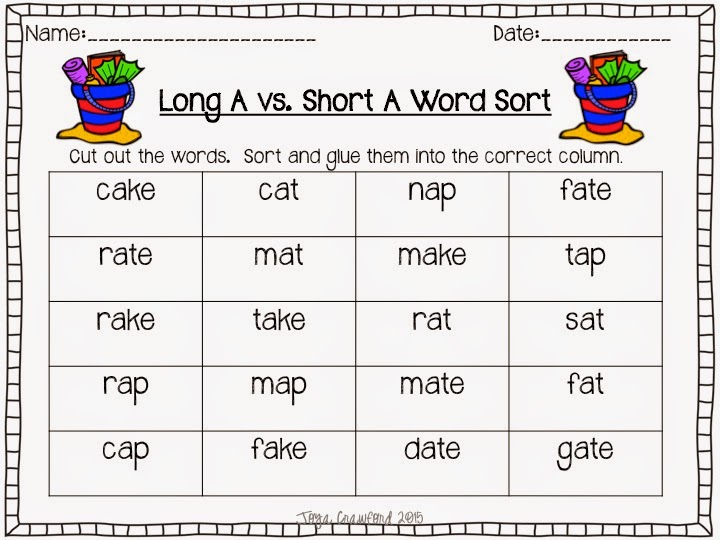 Each person must visit this site and download their own free copy. Please do not photocopy, email, or reproduce our printable resources for other teachers, and please do not reproduce our printables on the web or save them to a shared drive. Instead, please share the resources with others by using the social share links provided or by distributing the link to the blog post itself. This allows us to keep making free resources for everyone! If you have any questions, please email us. Thank you!
Each person must visit this site and download their own free copy. Please do not photocopy, email, or reproduce our printable resources for other teachers, and please do not reproduce our printables on the web or save them to a shared drive. Instead, please share the resources with others by using the social share links provided or by distributing the link to the blog post itself. This allows us to keep making free resources for everyone! If you have any questions, please email us. Thank you!
Didactic games and exercises for the formation of the syllabic structure of the word
Formation in children of grammatically correct, lexically rich and phonetically clear speech, enabling verbal communication and preparing for schooling is one of the important tasks in the overall system of work on training child's native language in kindergarten and in the family.
For the education of a full-fledged personality, it is necessary eliminate everything that interferes with free communication child with the team.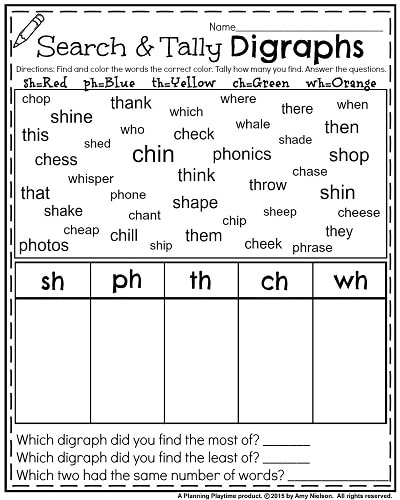 It is important that children mastered their native language as early as possible, they spoke correctly, clearly, expressively. Especially necessary for the child becomes the right pronunciation of sounds and words when he begins to acquire literacy. Practice speech therapy work shows that often on the first plan in preschool age is put forward correction of sound pronunciation and underestimated the meaning of the formation of the syllabic structure of words, and this is one of the causes of dysgraphia and dyslexia in schoolchildren.
It is important that children mastered their native language as early as possible, they spoke correctly, clearly, expressively. Especially necessary for the child becomes the right pronunciation of sounds and words when he begins to acquire literacy. Practice speech therapy work shows that often on the first plan in preschool age is put forward correction of sound pronunciation and underestimated the meaning of the formation of the syllabic structure of words, and this is one of the causes of dysgraphia and dyslexia in schoolchildren.
Among the various speech disorders in children preschool age is one of the most difficult for correction is such a special manifestation speech pathology, as a violation of syllable word structures. This speech defect characterized by difficulty in pronunciation of words complex syllabic composition (violation of the order syllables in a word, omissions or adding new ones syllables or sounds). Violation of the syllabic structure words are usually detected in speech therapy examination of children with general underdevelopment of speech.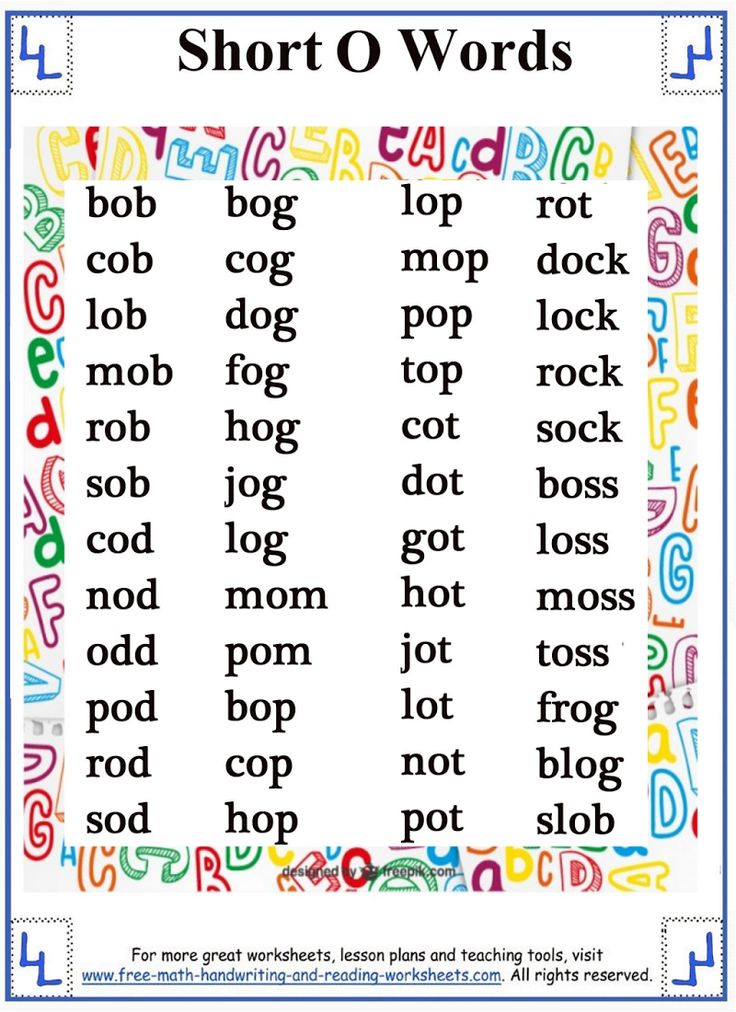 As a rule, the range of these violations varies: from minor difficulties pronunciation of words of a complex syllabic structure in conditions of spontaneous speech to gross violations in repetition by the child of two- and three-syllable words without consonant confluences even with the support of visualization. Deviations in the reproduction of the syllabic composition words can appear as follows:
As a rule, the range of these violations varies: from minor difficulties pronunciation of words of a complex syllabic structure in conditions of spontaneous speech to gross violations in repetition by the child of two- and three-syllable words without consonant confluences even with the support of visualization. Deviations in the reproduction of the syllabic composition words can appear as follows:
1. Violation of the number of syllables:
- contraction of a syllable;
- omission of a syllable-forming vowel;
- an increase in the number of syllables due to insertion vowels.
2. Violation of the sequence of syllables in a word:
- permutation of syllables;
- permutation of the sounds of adjacent syllables.
3. Distortion of the structure of a single syllable:
- reduction of consonant clusters;
- inserting consonants into a syllable.
4. Assimilation of syllables.
5. Perseverations (cyclic repetition).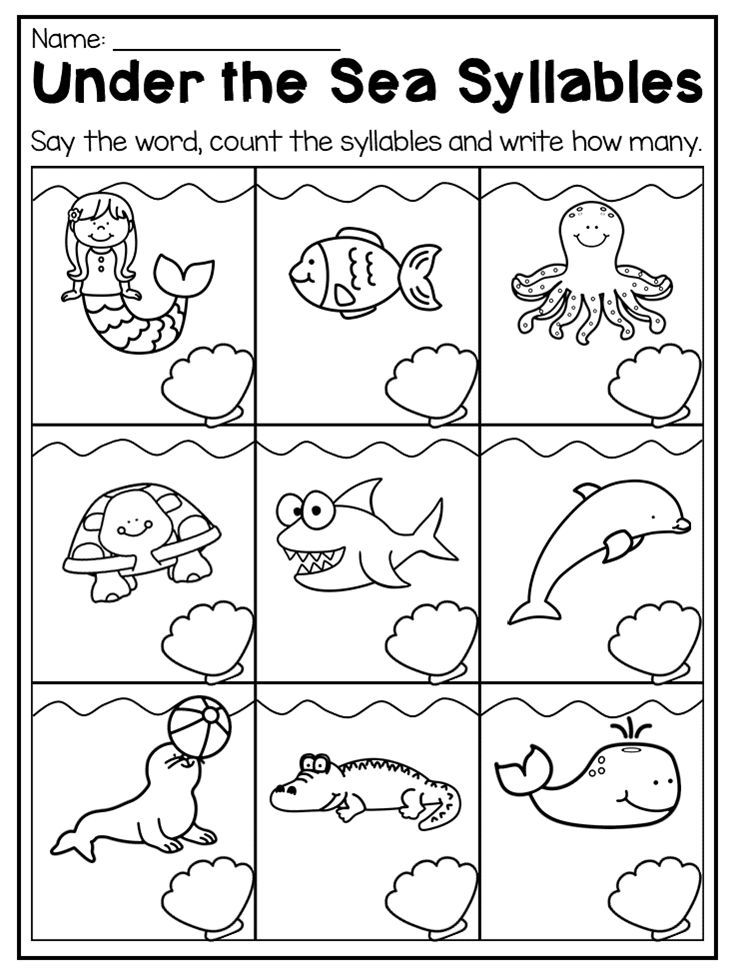
6. Anticipation (replacement of previous sounds subsequent ones).
7. Contamination (mixing word elements).
Violation of the syllabic structure of words can persist in children with pathology of speech development for quite a long time, revealing any once the child is confronted with a new sound-syllabic and morphological structure words [4].
The choice of methods and techniques of corrective work to eliminate this violation always preceded by an examination of the child, during which reveals the degree and level of violation syllabic structure of words. This will set the limits of the level accessible to the child, with which should start corrective exercises.
This type of work is based on the principle a systematic approach in the correction of speech violations and classification by A.K. Markova [10], which distinguishes 14 types of syllabic structure words in increasing degree of complexity:
1. Two-syllable words from open syllables (willow, children).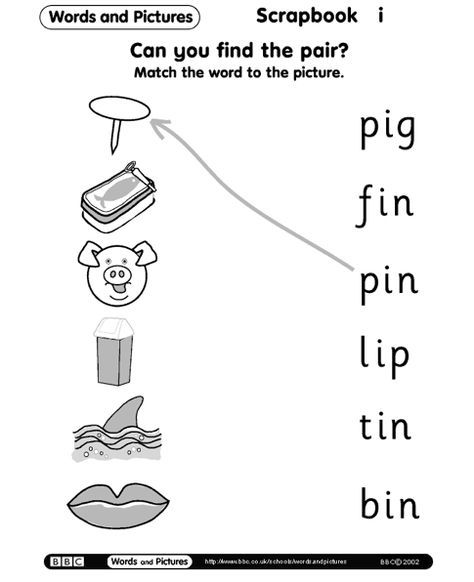
2. Three-syllable words from open syllables (hunting, raspberries).
3. Monosyllabic words (house, juice).
4. Two-syllable words with a closed syllable (sofa, furniture).
5. Two-syllable words with a confluence of consonants in middle of the word (bank, branch).
6. Two-syllable words from closed syllables (tulip, compote).
7. Three-syllable words with a closed syllable (behemoth, telephone).
8. Three-syllable words with a confluence of consonants (room, boots).
9. Three-syllable words with a confluence of consonants and closed syllable (lamb, ladle).
10. Three-syllable words with two confluences consonants (tablet, matryoshka).
11. Monosyllabic words with a confluence of consonants in the beginning of the word (table, cupboard).
12. Monosyllabic words with a confluence of consonants in end of word (elevator, umbrella).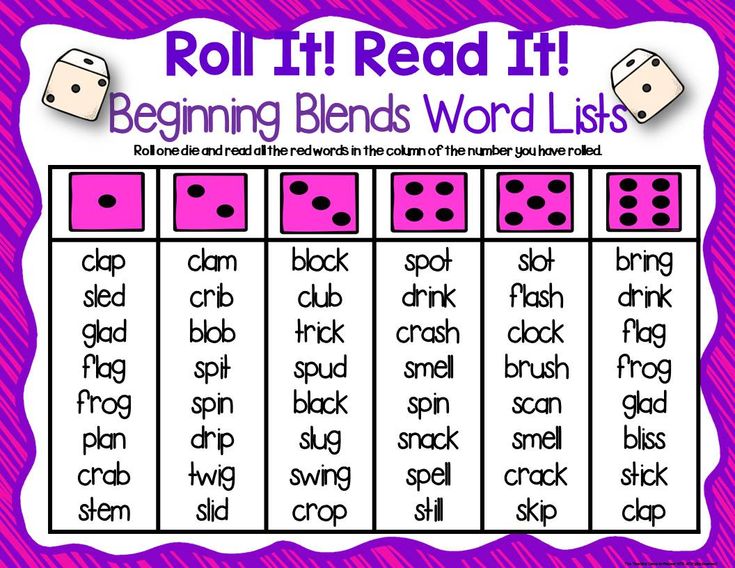
13. Two-syllable words with two confluences consonants (lash, button).
14. Four-syllable words from open syllables (turtle, piano).
Corrective work to overcome violations the syllabic structure of words consists of development of speech-auditory perception and speech motor skills. I built my work in two stages:
- preparatory; the purpose of this stage is prepare the child for the assimilation of rhythmic word structures of the native language;
- corrective; the purpose of this stage is direct correction of syllabic defects word structures in a particular child.
During the preparatory phase of , I exercises first on a non-verbal level, and then verbal.
Exercise “Repeat the same way”
Purpose: to learn to reproduce the given rhythm.
Materials: ball, drum, tambourine, metallophone, sticks.
Course of the exercise: The speech therapist sets the rhythm with one of items, the child must repeat the same.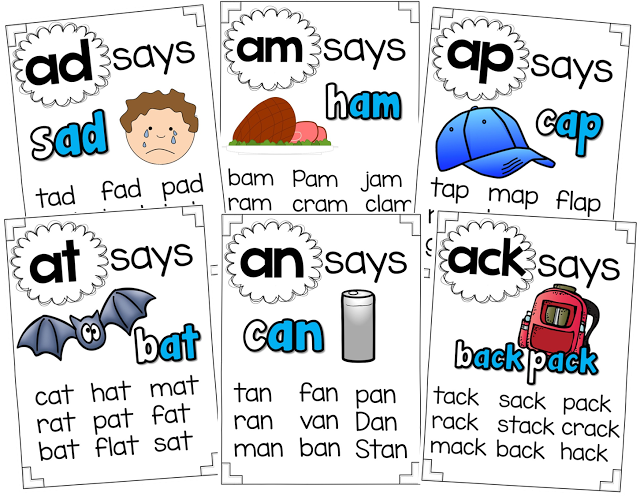
Exercise "Count correctly"
Purpose: to learn to count sounds.
Material: baby music and noise tools, cards with numbers, a cube with dots.
Exercise progress:
Option 1. The child claps his hands (knocks on tambourine, etc.) as many times as the points fell on cube.
Option 2. Speech therapist reproduces sounds, child counts them and raises a card with corresponding number.
Exercise "Choose a scheme"
Purpose: to learn how to relate a rhythmic pattern to his scheme on the card.
Material: rhythm cards drawings.
Exercise progress:
Option 1. Speech therapist sets a rhythmic pattern, the child chooses the appropriate scheme on card.
Option 2. The child reproduces rhythmic drawing according to the given scheme.
Exercise "Long - short"
Purpose: to learn to distinguish between long and short the sound of a word.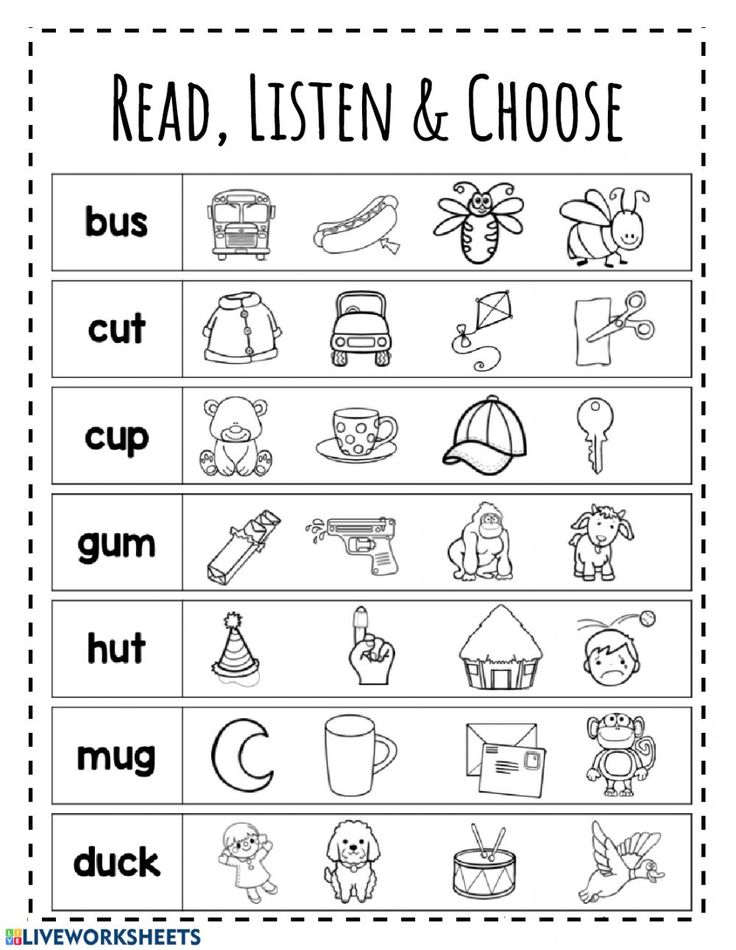
Material: chips, long and short strips paper, pictures.
Exercise progress:
Option 1. Speech therapist pronounces words, child places a chip on a long or short strip.
Option 2. The child calls the words in the pictures and decomposes them into two groups: to a long strip and to the short one.
At the corrective stage work was carried out at the verbal level with the obligatory "turning on" the auditory, visual and tactile analyzers.
Sound level exercises:
- “Say the sound A as many times as there are dots on cube. Say the sound O as many times as many times I'll clap my hands."
- "Find out what sound (series of sounds) I uttered." Recognition by soundless articulation, pronunciation with voice.
- Stressed vowel definition in stressed positions (in a series of sounds).
Syllable level exercises:
by stringing rings on a pyramid (by building turrets made of cubes, shifting pebbles or beads).
- "Fingers say hello" - pronunciation chains of syllables with a touch on each syllable fingers of the hand with the thumb.
- Count the number of syllables spoken speech therapist.
- Name the stressed syllable in the chain of heard syllables.
– Memorization and repetition of a chain of syllables different types.
Word level exercises:
Ball game
Purpose: to learn to clap the syllabic rhythm of a word.
Material: ball.
Game progress: the child beats the rhythm of the given word speech pathologist.
Game "Telegraph"
Purpose: to develop the ability to divide words into syllables.
Material: sticks.
Game progress: the child "transmits" the given word, tapping out his rhythmic pattern.
Count, don't make a mistake game
Purpose: to learn to divide words into syllables performing a mechanical action.
Material: pyramid, cubes, pebbles.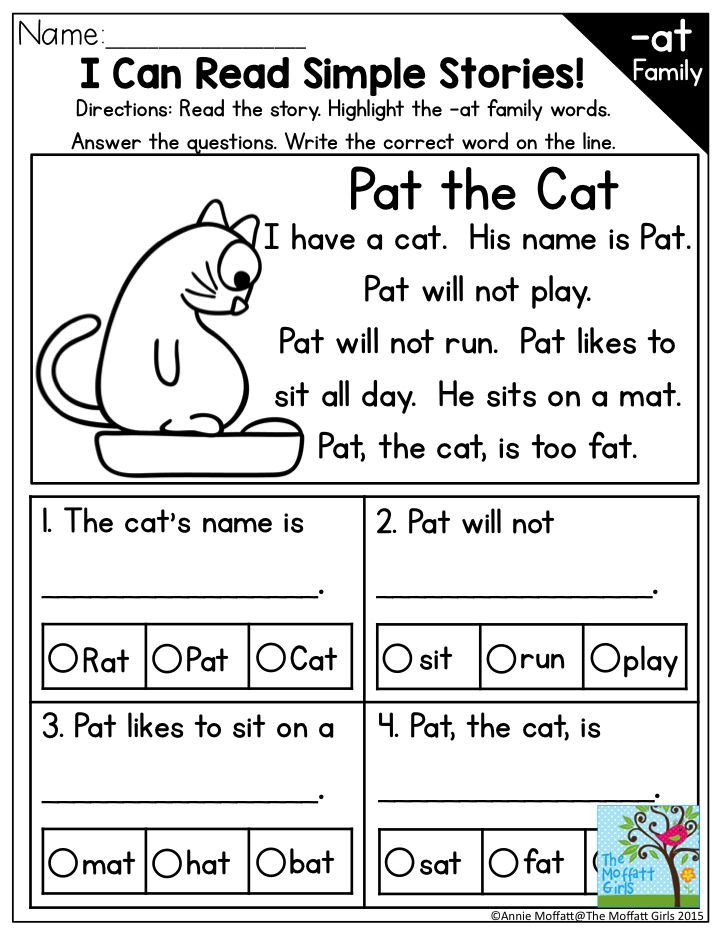
Game progress: the child pronounces the tasks given by the speech therapist words and lays out pebbles (pyramid rings, cubes). Compare words: where there are more pebbles, then word is longer.
Ball game "Pass it on"
Purpose: to learn to divide words into syllables, at the same time performing a mechanical action.
Material: ball.
Game progress: children pass the ball to each other and simultaneously name the syllable of the given word.
Game "Name the correct word"
Purpose: to learn to distinguish between correctly sounding words.
Material: pictures.
Game progress: the speech therapist pronounces the words incorrectly, the child calls the words correctly (if the child difficult to complete the task, then help is given Pictures).
Exercise “What has changed?”
Purpose: to learn to distinguish between different syllabic word structure.
Material: pictures.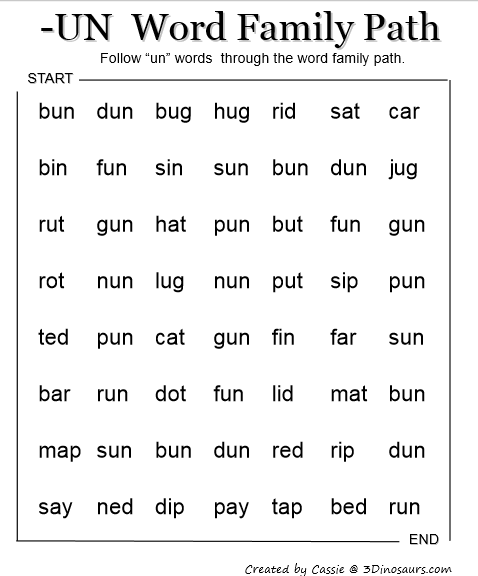
Course of the exercise: the child explains the difference between words.
Words: cat, cat, kitten. House, house, house.
Exercise "Find the longest word"
Purpose: to consolidate the ability to divide words into syllables.
Material: pictures.
Course of the exercise: the child chooses from the proposed pictures of the one that shows the longest word.
Exercise "Count, don't make a mistake"
Purpose: to strengthen children's ability to divide words into syllables.
Material: pictures, cards with numbers.
Course of the exercise: The speech therapist shows pictures, children show the number corresponding to the number of syllables in a word (complication option - number of the stressed syllable).
Exercise "Which word is different"
Purpose: to teach to distinguish words with different rhythmic structure.
Material: pictures.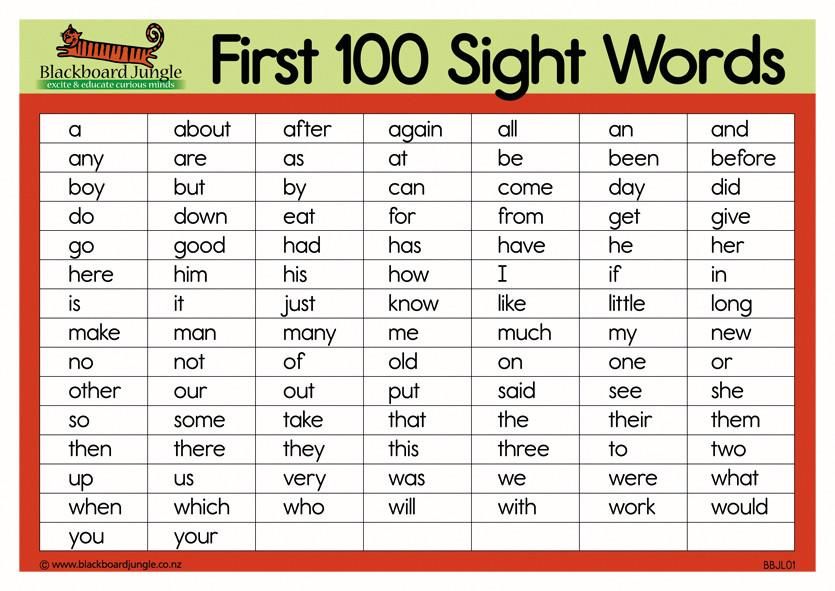
Course of the exercise: the speech therapist calls a series of words, children define an extra word (use pictures, if the kids are struggling).
Words: tank, cancer, poppy, branch. Wagon, bud, loaf, airplane.
Exercise "Name the same syllable"
Purpose: to consolidate the ability to compare syllable word structure.
Material: pictures.
Course of the exercise: the child must find the same syllable in the proposed words (airplane, milk, right, ice cream).
The game "The end of the word is yours"
Purpose: to learn to synthesize words from syllables.
Material: ball.
Game progress: the speech therapist starts the word and throws the ball to the child, he adds the same syllable SHA: ka ..., wa…, Da…, Ma…, Mi…
Game “Which word came out?”
Purpose: to exercise in the simplest syllabic analysis.
Material: ball.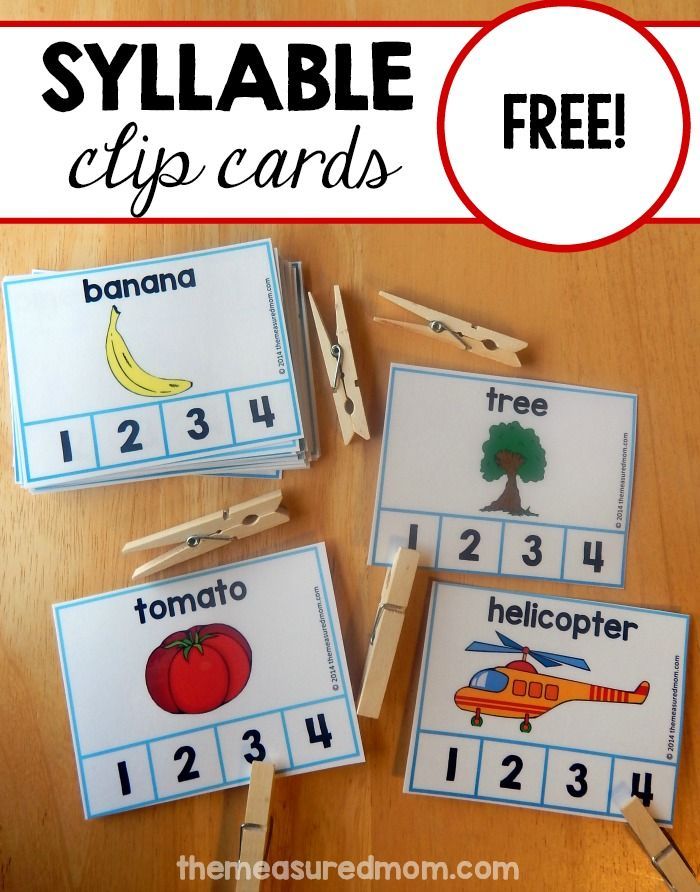
Game progress: the child, throwing the ball to the speech therapist, pronounces the first syllable. Speech therapist, returning the ball, says the second syllable and asks the child to name word in full.
Child: Speech therapist: Child:
ket bouquet
fet buffet
Boo tone bud
bin structures of the 6th type in the formation of names nouns.
Material: ball.
The course of the exercise: a speech therapist, throwing the ball to the child, names the subject. Child, returning the ball, calls him "kindly".
Bow - bow, bandage - bandage, bush - bush, scarf - scarf, leaf - leaf.
Exercise "Say the word correctly" structures of the 7th type, develop auditory attention and memory.
Material: subject pictures.
The course of the exercise: the speech therapist shows a picture and pronounces a sound. The child picks up hand when he hears the correct name of the subject and calls him.
Speech therapist: Child:
Mosalet
Lomaset aircraft
Airplane
Game "Syllabic blocks"
Purpose: to exercise in the synthesis of two-syllable words.
Material: cubes with pictures and letters.
Game progress: children must collect words from two parts.
Word chain game
Purpose: to consolidate the ability to analyze and synthesize two- or three-syllable words.
Material: cards with divided into parts pictures and words.
Game progress: children lay out a chain of words (pictures) like dominoes.
Logocube game
Purpose: to practice syllabic analysis of one-two- and trisyllabic words.
Material: cube, subject pictures set, number cards.
Game progress: children choose from a common set of pictures those that match the given quantity syllables and fix them on a certain face Cuba.
Train game
scheme.
Material: train with wagons, a set of subject pictures, diagrams of the syllabic structure of words.
Game progress: children are invited to help "seat passengers" into wagons in accordance with the number of syllables.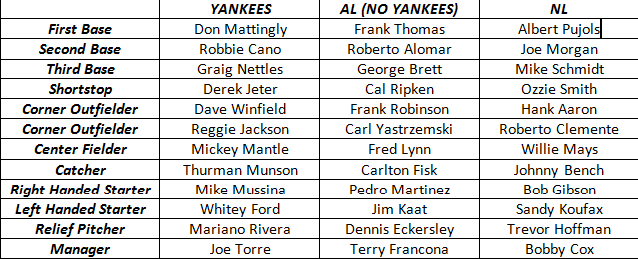
Pyramid game
word composition.
Material: a set of subject pictures.
Game progress: the child must arrange the pictures in given sequence: one at the top - with one-syllable word, two in the middle - with two-syllable words, three below - with three-syllable words.
Exercise "Collect the word"
words.
Material: cards with syllables on tinted paper.
Course of the exercise: each child lays out one word. Then they exchange a set cards and the game continues.
Exercise "Choose a word"
word structure.
Material: subject pictures, cards with syllable structure diagrams. Cards with words (for reading children).
Exercise progress:
Option 1. The child selects schemes for pictures.
Option 2. The child selects pictures for diagrams.
The game "Let's put things in order" synthesis.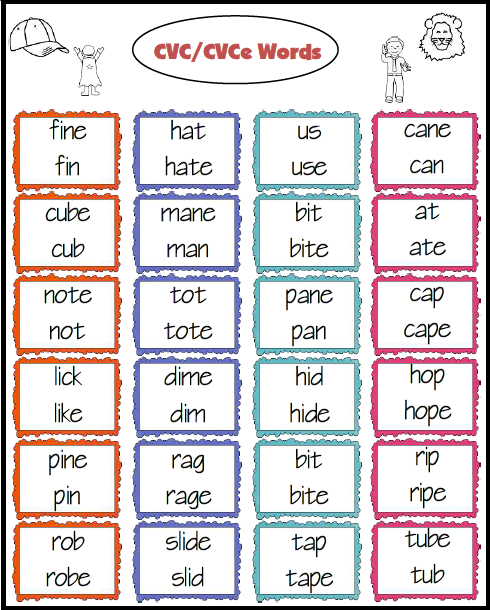
Material: a set of cards with syllables on tinted paper.
Game progress: children choose from a total syllables and put them in the right order.
The game "Who is more" words from syllables.
Material: a set of cards with syllables on paper one color.
Game progress: from the total number of syllables, children post as many words as possible.
Literature:
- Agranovich Z.E. Speech therapy work on overcoming violations of the syllabic structure of words in children. St. Petersburg: Detstvo-Press, 2000.
- Bolshakova S.E. Overcoming violations syllabic word structure in children. Moscow: Sphere, 2007.
- Volina V.V. Learning by playing. Ekaterinburg: Argo, 1996.
- Kozyreva L.M. We read by syllables. Complex games and exercises for children 5-7 years old. Moscow: Gnome and D, 2006.
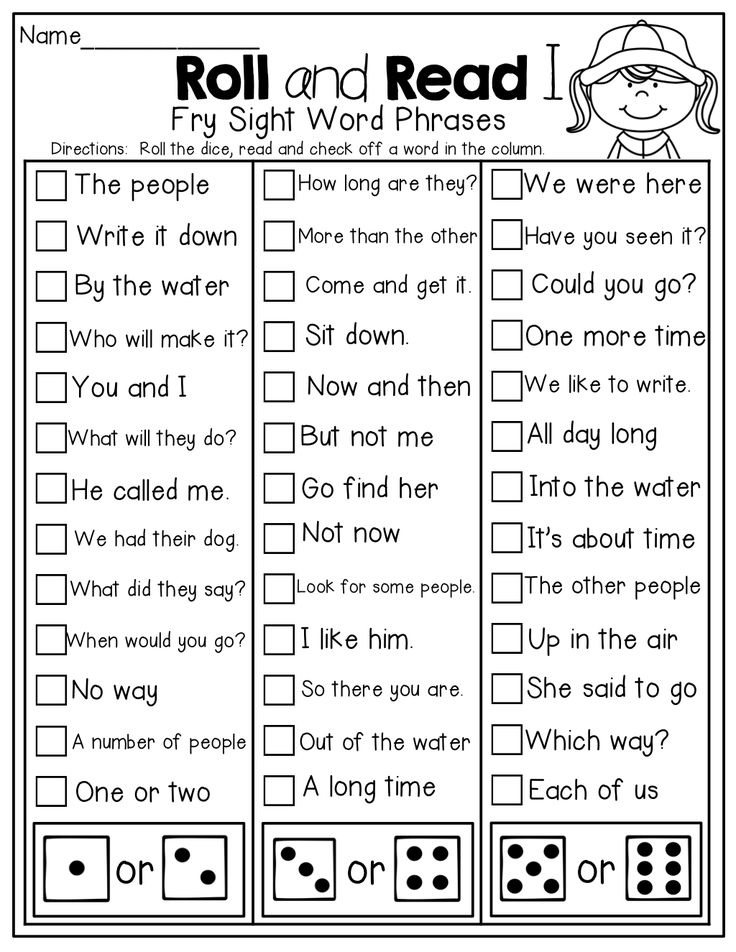
- Kurdvanovskaya N.V., Vanyukova L.S. Formation syllabic structure of the word. Moscow: Sfera, 2007.
- Lalaeva R.I., Serebryakova N.V. Correction general underdevelopment of speech in preschool children. St. Petersburg: Union, 1999.
- Lopukhina I.S. Speech therapy. Moscow: Aquarium, 1996.
- Tkachenko T.A. Correction of syllabic disorders word structures. Moscow: Gnom i D, 2001.
- Filicheva T.B., Chirkina G.V. Preparation for school of children with general underdevelopment of speech in conditions of a special kindergarten. Moscow: 1991.
- Chetverushkina N.S. Syllabic structure of the word. Moscow: Gnom i D, 2001.
My first words: English words for children
How to raise a polyglot child? The answer is simple: start learning languages with him as early as possible. Basic English will be an excellent foundation for the future knowledge of the baby and will help develop learning skills, because the brain of children at an early age absorbs an almost endless amount of information like a sponge.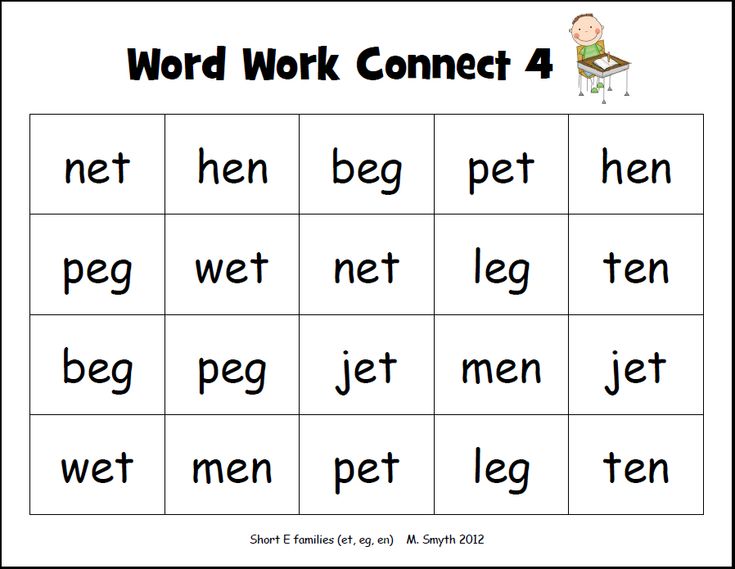 The main thing is to present it correctly.
The main thing is to present it correctly.
In this article you will find not only simple first English words for children, but also recommendations for learning them. Open to your kid the fascinating world of English!
At what age do we start teaching?
Opinions of experts and parents themselves about the age at which it is worth starting to learn English with a child differ. Of course, you can start singing lullabies to your baby in English even from infancy, but your strength will be almost wasted.
Most agree that the most optimal age at which the average child begins to adequately acquire English as a foreign language is 2.5-3 years. It is believed that at this age the process of formation of native speech is already ending. That is, the child must be able to clearly pronounce Russian sounds and words, as well as build sentences and have a coherent speech.
The exceptions here are when the child grows up in a multicultural environment.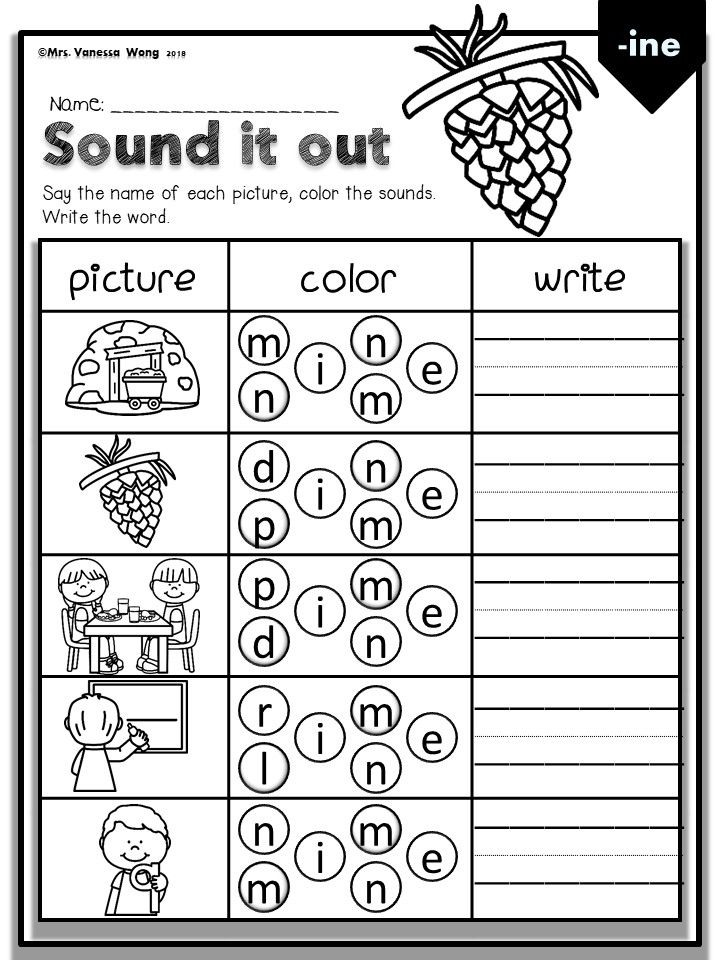 For example, if the mother is Russian and the father is English, then it is possible to communicate with the child in two languages from the very beginning. True, then your child will be funny to form sentences, and questions like: “Mom, can I have an apple” will constantly sound in the house.
For example, if the mother is Russian and the father is English, then it is possible to communicate with the child in two languages from the very beginning. True, then your child will be funny to form sentences, and questions like: “Mom, can I have an apple” will constantly sound in the house.
This approach is good when the family lives abroad, where the main language is a foreign one. As the child gets older and starts attending kindergarten, the child will understand the difference between the languages of his parents and begin to use the words in the correct context. This applies, by the way, not only to English, but also to any foreign language.
If you want your child to speak only English from the very beginning, you can create an artificial multicultural environment. For example, at home talking with the baby only in a foreign language.
Is it possible to send the child to a language nursery or kindergarten with an English focus? Then do it without any hesitation.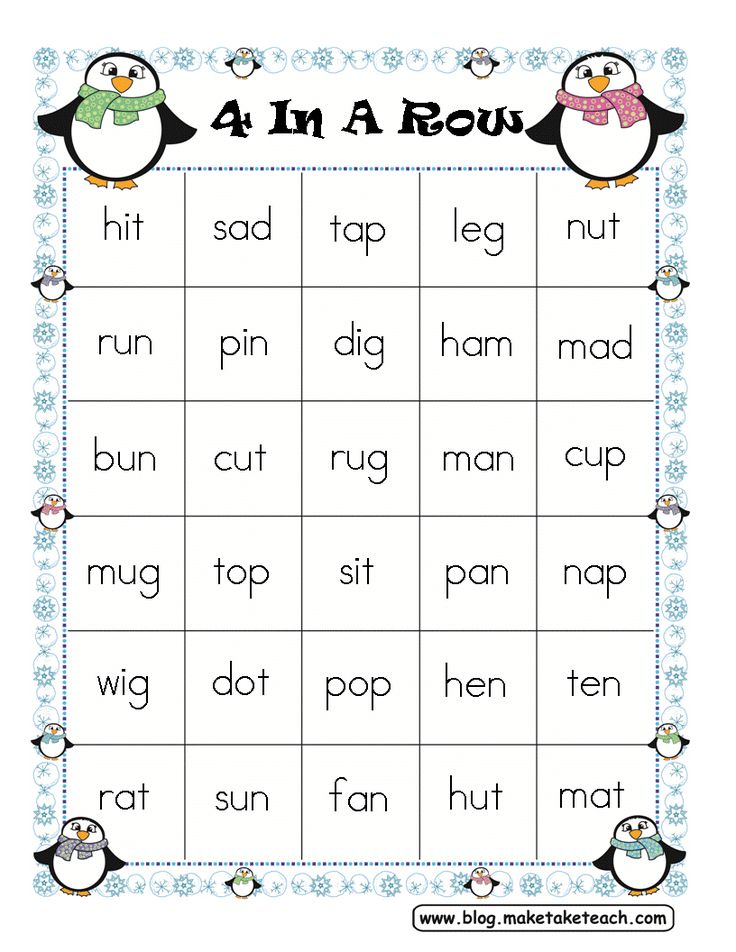 So the multicultural environment will be natural for the child: in the nursery they will communicate with him mainly in English, and at home you will be able to talk with the baby in Russian. In specialized language kindergartens, teachers will help your child learn English in a natural environment, and at home you can consolidate knowledge with him through various games and riddles.
So the multicultural environment will be natural for the child: in the nursery they will communicate with him mainly in English, and at home you will be able to talk with the baby in Russian. In specialized language kindergartens, teachers will help your child learn English in a natural environment, and at home you can consolidate knowledge with him through various games and riddles.
If it is not possible to send your child to a language kindergarten, start learning English at home using the same methods that you used to learn your native language with him.
How to learn English with a child?
At a young age, of course, we are not talking about grammar or writing English words. To begin with, the child needs to learn how to pronounce sounds correctly, remember letters and form a basic vocabulary. By the way, it will be much easier for a kid than for an adult to remember the correct pronunciation of English sounds, which are so different from Russian ones.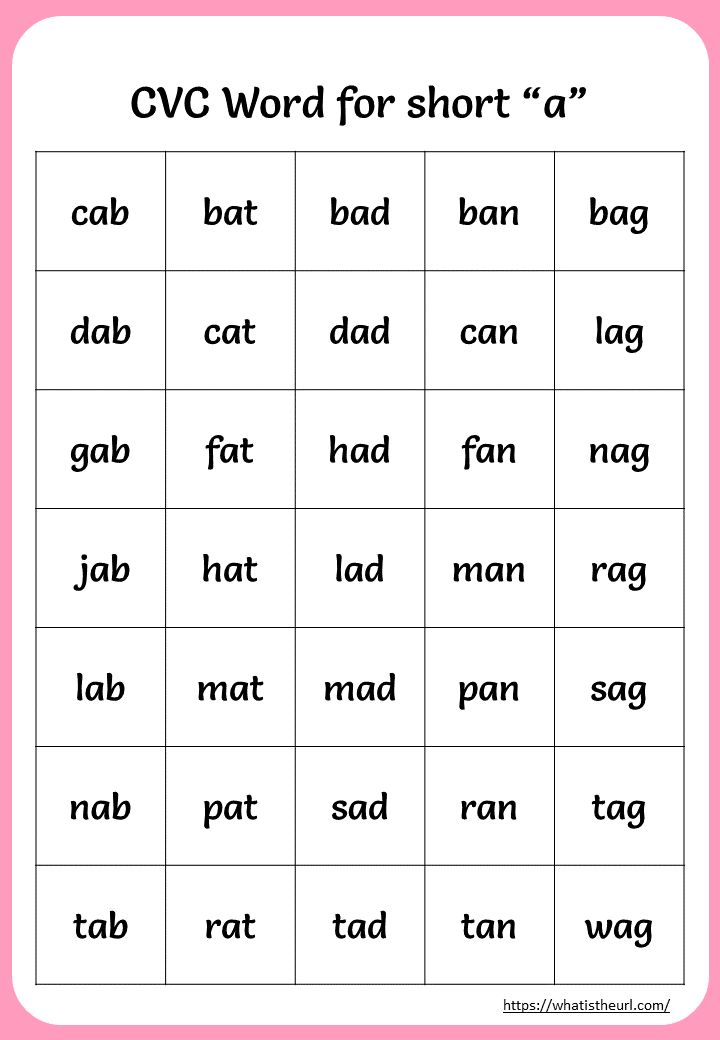 They will not have to rebuild their articulation apparatus as much as we, adults, who have been speaking their native language for many years.
They will not have to rebuild their articulation apparatus as much as we, adults, who have been speaking their native language for many years.
Here is a list of skills to develop in a preschooler first:
- listening to speech
- speaking
- reading
To make learning English not a burden for a child, add an element of play to the learning process.
Get a colorful glove doll and make it a kind of "teacher" for your child. Introduce your baby to a new toy and say that it only understands English, which means that in order to play with it, the child needs to learn an interesting new language. So this toy will become the main intermediary between you and your child in learning English.
First of all, learn the alphabet and the correct pronunciation of letters and basic sounds with your child. Make it better with the help of the popular ABC Song. This is how the English alphabet is taught all over the world, not only by foreigners, but also by native speakers themselves.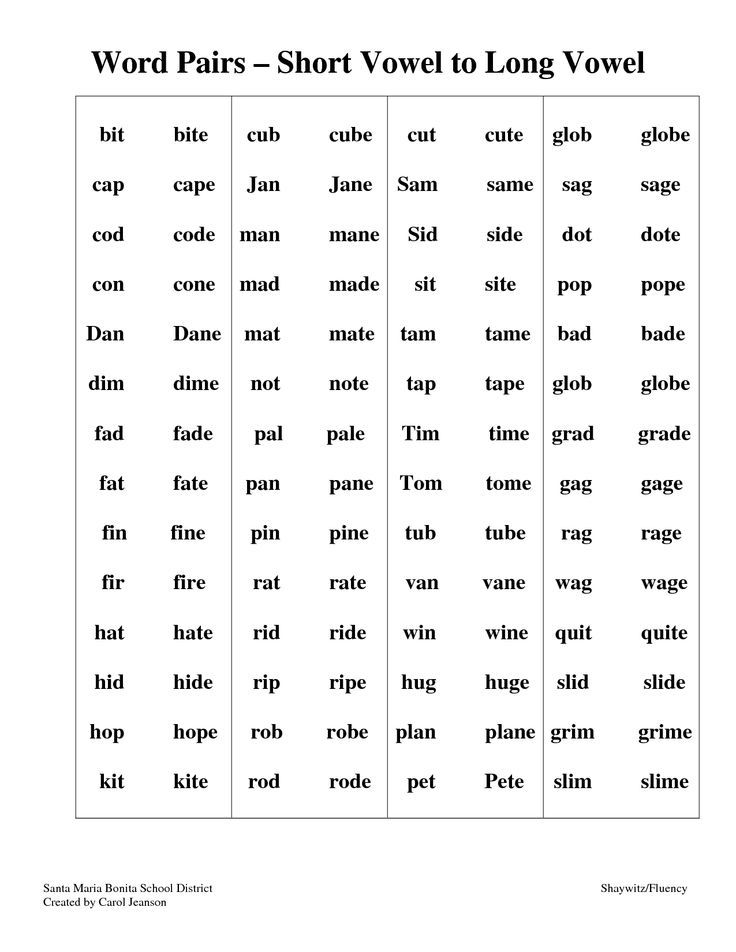
Next - form basic English for children: words and simple phrases. For example, make cards for basic words that the child already knows in their native language. These can be household items, animals, body parts, etc. It is better that the cards are bright, with the spelling of a word and a picture symbolizing a particular subject. You can stick these cards on household items so that the child constantly sees the names of objects in English and memorizes them automatically.
Incorporate English words into your regular vocabulary when communicating with your child. In the context of what is happening around the baby, it will be much easier to understand and learn the language. Playing at home or being outside, use the phrases and words you have already learned. If a child tells you: “Mom, look, a kitty!” Then answer: “Yes, it’s true, it’s a cat. How would it be in English? A cat. This is a cat.
By the way, it's better to start learning not just individual words, but whole phrases at once, as in the example above.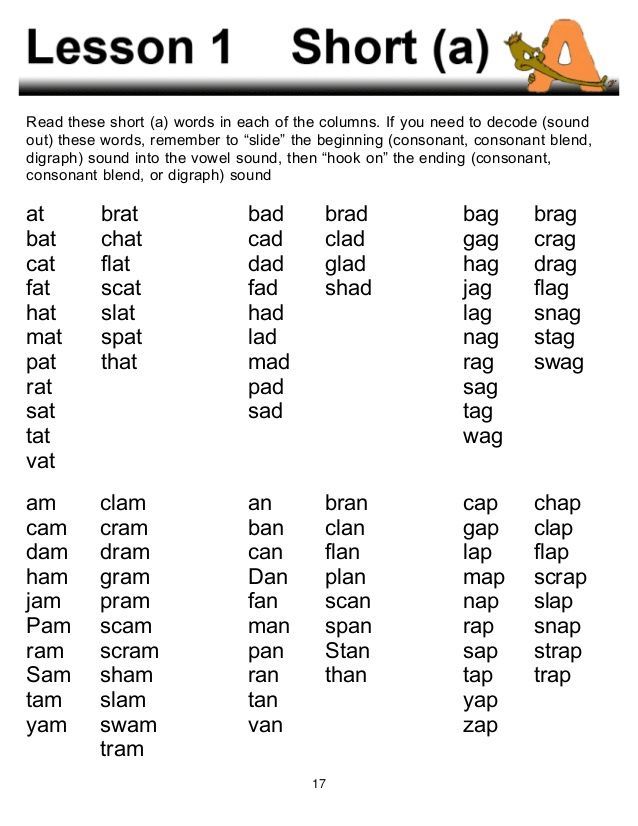 That is, to acquaint with the very, very basic grammar. After all, if you tell your child only words, he will only know the translation, and if you start using whole sentences, then he will memorize in sentences.
That is, to acquaint with the very, very basic grammar. After all, if you tell your child only words, he will only know the translation, and if you start using whole sentences, then he will memorize in sentences.
Visualization and variety are important for learning English with a child. Children may enjoy books in English with colorful pictures that can be read together at bedtime instead of the usual Russian fairy tales. Also, do not forget about special educational cartoons in English, where bright characters tell the child about the basics of the language or teach him the alphabet.
Play fun, educational games with your little one so they don't get bored while learning English. It can be cards, pantomimes, drawings and much more.
Basic set of words with transcription and translation
The first English words for children to start learning the language with are those that surround the child every day. Below you will find a list of such words by topic.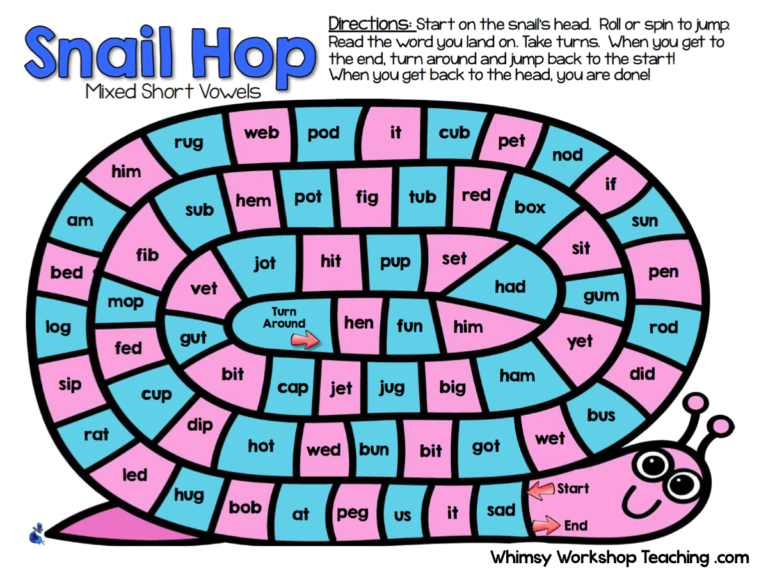
Family [ˈfæmɪli] - family
Mother [ˈmʌðə] Father [ˈfɑːðə] - father
Brother [ˈbrʌðə] - brother
Sister [ˈsɪstə] - sister
Grandmother [ˈgrænˌmʌðə] - grandmother
Grandfather [ˈgrændˌfɑːðə] - grandfather
Body [ ˈbɒdi ]
Head [head] - head
Hair [heə] - hair
Eyes [aɪz] - eyes
Nose [nəʊz] - nose
Teeth [tiːθ] - teeth
Lips [lɪps] - lips
Ears [ɪəz] - ears
Neck [nek] - neck
Shoulders [ˈʃəʊldəz] - shoulders
Leg [leg] - leg
Feet [fiːt] - feet
Pets [ pets ]
Dog [dɒg] - dog
Cat [kæt] - cat
Kitten [ˈkɪtn] - kitten
Puppy [ˈpʌpi] - puppy
Rabbit [ˈræbɪt] - rabbit
Parrot [ˈpærət] - parrot
Fish [fɪʃ] - fish
Hamster [ˈhæmstə] - hamster
Snake [sneɪk] - snake
Turtle [ˈtɜːtl] - turtle
Animals [ ˈænɪməlz ]
Goat [gəʊt] - goat
Pig [pɪg] - pig
Sheep [ʃiːp] - sheep
Horse [hɔːs] - horse
Cow [kaʊ] - cow
Goose [guːs] - goose
Chicken [ˈʧɪkɪn] - chicken
Duck [dʌk] - duck
Cockerel [ˈkɒkərəl] - cock
Fox [fɒks] - fox
Wolf [wʊlf] - wolf
Bear [beə] - bear
Hare [heə] - hare
Elephant [ˈelɪfənt] - elephant
Tiger [ˈtaɪgə] - tiger
Lion [ˈlaɪən] - lion
Crocodile [ˈkrɒkədaɪl] - crocodile
Giraffe [ʤɪˈrɑːf] - giraffe
Colors
Red [red]
Green [griːn] - green
Blue [bluː] - blue
Orange [ˈɒrɪnʤ] - orange
Yellow [ˈjeləʊ] - yellow
Pink [pɪŋk] - pink
Gray [greɪ] - gray
Black [blæk] - black
White [waɪt] - white
Purple [ˈpɜːpl] - purple
Brown [braʊn] - brown
Food
Water [ˈwɔːtə] - water
Tea [tiː] - tea
Juice [ʤuːs] - juice
Sugar [ˈʃʊgə] - sugar
Salt [sɒlt] - salt
Yogurt [ˈjɒgət] - yogurt
Bread [bred] - bread
Milk [mɪlk] - milk
Cheese [ʧiːz] - cheese
Eggs [egz] - eggs
Butter [ˈbʌtə] - oil
Meat [miːt] - meat
Cookies [ˈkʊkiz] - cookies
Chocolate [ˈʧɒkəlɪt] - chocolate
Fruits
Apple [ˈæpl] - apple
Pear [peər] - pear
Orange [ˈɒrɪnʤ] - orange
Banana [bəˈnɑːnə] - banana
Lemon [ˈlemən] - lemon
Pineapple [ˈpaɪnˌæpl] - pineapple
Grapes [greɪps] - grapes
Kiwi [ˈkiːwi:] - kiwi
Tangerine [tæn(d)ʒəˈriːn] — Mandarin
Melon [ˈmelən] - melon
Watermelon [ˈwɔːtəˌmelən] - watermelon
Peach [piːʧ] - peach
Vegetables
Carrot [ˈkærət] - carrot
Onion [ˈʌnjən] - bow
Garlic [ˈgɑːlɪk] - garlic
Tomato [təˈmɑːtəʊ] - tomato
Cabbage [ˈkæbɪʤ] - cabbage
Pepper [ˈpepər] - pepper
Potato [pəˈteɪtəʊ] - potato
Cucumber [ˈkjuːkʌmbə] - cucumber
House [haʊs]
Bedroom [ˈbedruːm] - bedroom
Living room [ˈlɪvɪŋ ruːm] - living room
Kitchen [ˈkɪʧɪn] - kitchen
Bathroom [ˈbɑːθruːm] - bathroom
Fridge [frɪʤ] - refrigerator
Cooker [ˈkʊkə] - plate
Table [ˈteɪbl] - table
Chair [ʧeə] - chair
Sofa [ˈsəʊfə] - sofa
Bed [bed] - bed
Window [ˈwɪndəʊ] - window
Mirror [ˈmɪrə] - mirror
Towel [ˈtaʊəl] - towel
Toothbrush [ˈtuːθbrʌʃ] - toothbrush
Toothpaste [ˈtuːθpeɪst] - toothpaste
Wardrobe [ˈwɔːdrəʊb] - wardrobe
Cup [kʌp] - mug
Plate [pleɪt] - plate
Bowl [bəʊl] - bowl
Fork [fɔːk] - fork
Spoon [spuːn] - spoon
Knife [naɪf] - knife
Clock [klɒk] - hours
Clothes [ kləʊðz ]
Dress [dres] Skirt [skɜːt] - skirt
Shirt [ʃɜːt] - shirt
T-shirt [ˈtiːʃɜːt] - T-shirt
Jeans [ʤiːnz] - jeans
Trousers [ˈtraʊzəz] - pants
Shorts [ʃɔːts] - shorts
Jumper [ˈʤʌmpə] - sweater
Suit [suːt] - suit
Coat [kəʊt] - coat
Hat [hæt] - hat
Socks [sɒks] - socks
Months [ mʌnθs ] - months
January [ˈʤænjʊəri] - January
February [ˈfebrʊəri] - February
March [mɑːʧ] - March
April [ˈeɪprəl] - April
May [meɪ] - May
June [ʤuːn] - June
July [ʤu(ː)ˈlaɪ] - July
August [ˈɔːgəst] - August
September [sepˈtɛmbər] - September
October [ɒkˈtəʊbə] - October
November [nəʊˈvembə] - November
December [dɪˈsembə] - December
Weather [ ˈweðə ]
Sun [sʌn] - sun
Rain [reɪn] - rain
Cloud [klaʊd] - cloud
Wind [wɪnd] - wind
Snow [snəʊ] - snow
Fog [fɒg] - fog
Cold [kəʊld] - cold
Hot [hɒt] - hot
Winter [ˈwɪntə] - winter
Spring [sprɪŋ] - spring
Summer [ˈsʌmər] - summer
Autumn [ˈɔːtəm] - autumn
This list of first English words for children is far from complete.